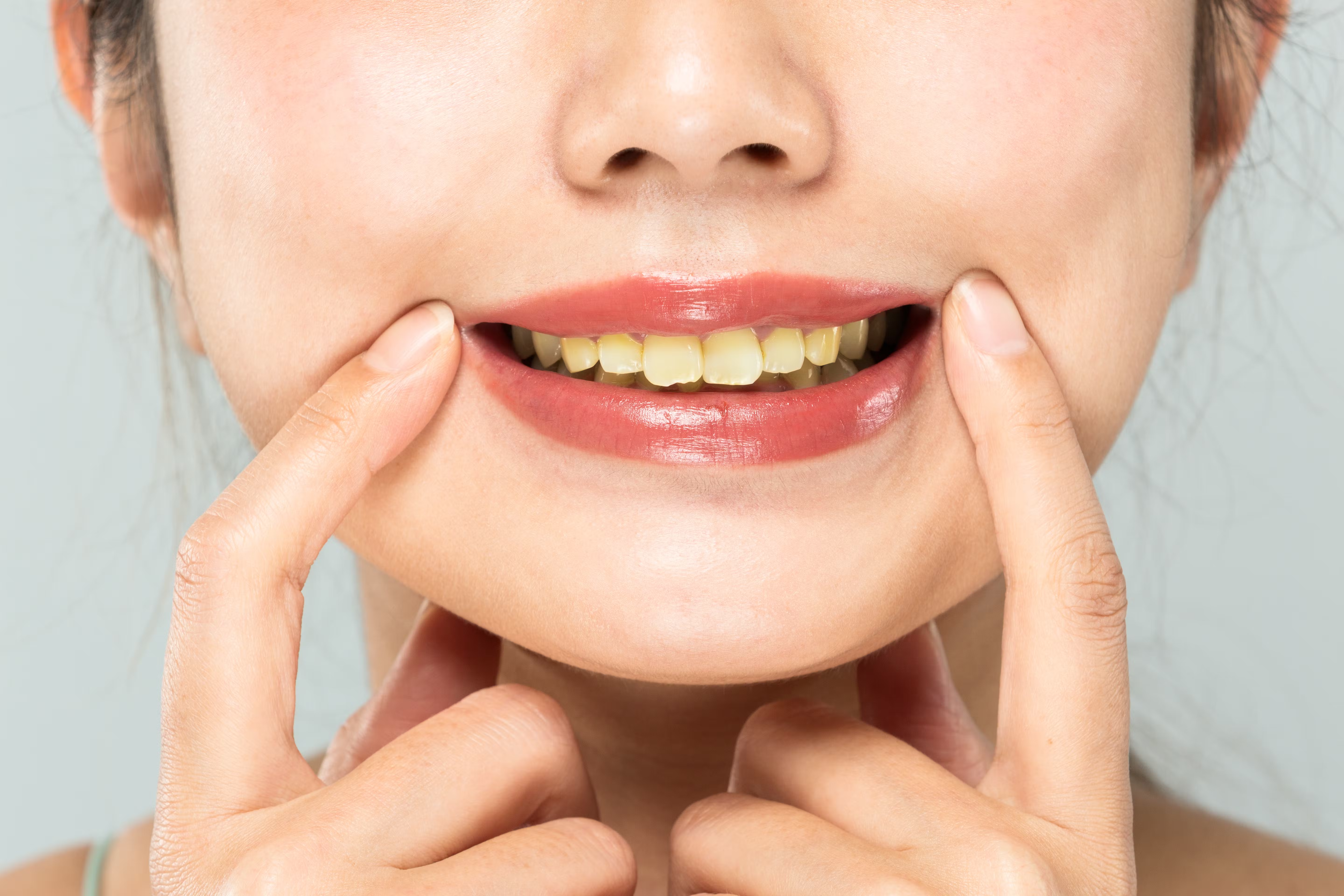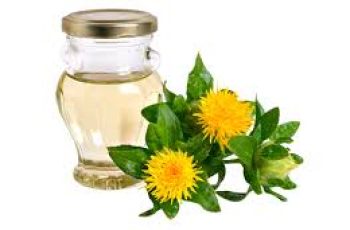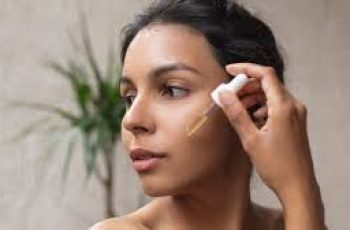What foods and drinks should I avoid to prevent yellowing of teeth?
The reason we sell activated charcoal teeth whiteners is not because they directly whiten teeth like hydrogen peroxide products do, but because they are very good at absorbing and removing stains, returning them to their natural color. This is why it is such a popular and more natural alternative to chemical teeth whitening kits.
However, there are a number of foods and drinks that you should avoid if you wish to keep your teeth white and sparkling. These are highlighted below:
1) Coffee
Well, that one is obvious. It may wake us up in the morning, but if you have 3 cups of coffee during your lunch hour, don’t be surprised if your teeth are stained. Teeth absorb dark colors because the outer layer of teeth is very porous (in layman’s terms: spongy).
2) Curry
My favorite food in the world. I can’t imagine life without curry, but it has to be said that it is often the one that people doubt when it comes to tooth discoloration.
3) Red Wine
It is said to be the worst thing to pour on your carpet because it leaves permanent stains, and it is used in TV commercials every day. Replace these carpets with your teeth and you will understand why they are always singled out for their negative effects. An occasional glass of red wine isn’t so bad, but it’s important to be aware of the discoloration effects.
4) Soy Sauce
A lot of people don’t know this, but this is another one that has to do with dark colors that stay on your teeth long-term. Don’t be afraid to add some to your stir-fry, but maybe think about how much you add.
5) Lemon Juice
Lemons are extremely healthy and should be a regular part of your diet (i.e. added to hot water or with food, not chewed as a snack). However, because this fruit is extremely acidic, it can seriously erode tooth enamel, which inevitably leads to tooth discoloration.
6) Food Coloring
If food coloring can stain your food, it can stain your teeth, too. It’s commonly found in frosting and cakes, and is a common culprit for teeth.
7) Tea
We highlighted coffee, which everyone knows about, but what some people don’t know is that tea is often considered worse than coffee for discoloration due to its higher tannin content. It should also be mentioned that green tea has another benefit.
8) Sugary Drinks
While sugary drinks are obvious, I want to add another tip: use a straw to direct the liquid across your teeth and directly into your mouth and throat without damaging your tooth enamel.
9) Balsamic Vinegar
Dark liquids again, there’s a theme here! Well, this liquid with deep pigmentation made it to this list for many of the same reasons.
10) Beetroot
If you finish eating beetroot, your mouth will be redder than if you drank half a liter of red wine! Beetroot is a no-no on dates or in public because it will make your mouth look like something out of a horror movie.
11) Cherries
Let me remind you again that this is a list of foods and drinks that will stain your teeth, but I still recommend eating and drinking them. Cherries are a berry that is rich in antioxidants and vitamins, but they are one of the worst at causing discoloration.
So if you eat or drink any of these foods, remember to drink a glass of water and rinse your mouth right afterward. This won’t remove all stains, maybe 50%, but it will definitely help.
DQH Knowledge drop: In your 20s, your skin cell turnover decreases. (Cell turnover is a key component in keeping your skin youthful.) You know what else slows down? Your collagen production. Starting in your 20s, collagen decreases by about 1 percent per year. Should you want to prevent fine lines and wrinkles, start by eliminating behaviors that contribute to premature aging. “If it’s bad for you, it’s bad for your skin,” says dermatologist Michel Somenek.
“Cigarette smoking reduces blood flow to the skin and causes premature wrinkling and a dull skin texture. Making the repeated pursed motion to inhale can also cause smoker’s lines. Alcohol and recreational drugs are toxins for the skin that damage its cellular structure and DNA,” Somenek tells us. “The faster you eliminate vices while you are young, the better chance your skin and body have to recuperate.” Also, adopting an anti-aging routine in your 20s is key. After all, the best offense is a good defense. We spoke to Somenek and experts Joshua Ross and Audrey Kunin to find out more.
Keep reading for the best anti-aging products for your 20s, according to skincare professionals.
Sunscreen
“We all know that the sun is the number one cause of skin aging and starting the prevention in your 20s is very important,” Ross says. “The majority of your sun damage won’t start to appear until you’re in your 30s, so don’t wait until you see it surface or you’ll be behind the curve. Stay ahead of it with a good-quality zinc-based sunscreen worn daily.”
Farmacy Green Defense Daily Mineral Sunscreen
An invisible sunscreen with SPF 30, plus botanical extracts meant to protect skin with tons of antioxidants. Bonus: It’s clean and fine to use under makeup.
Bareminerals Complexion Rescue™ Tinted Moisturizer Broad Spectrum SPF 30
Although we recommend you use your SPF and moisturizer separately, we also understand moments when you don’t have time or energy for that extra step. For those times, this bareMinerals moisturizer is a great thing to have on hand.
Vitamin C Serum
“A great introduction to anti-aging is to start with a vitamin C serum in your morning skincare routine,” Ross says. “It’s a powerful antioxidant that will neutralize free radicals and brighten the skin.” He adds that it’s a great way to counteract the effects of the sun’s harmful rays, which, as previously mentioned, are among the biggest causes of premature aging.
Drunk Elephant C-Firma™ Vitamin C Day Serum
The Drunk Elephant C-Firma is a lightweight serum that promises to give skin a glow by combining the brightening powers of vitamin C with ferulic acid, l-ascorbic acid, and vitamin E. The included sodium hyaluronate is meant to replace hydration loss, so you shouldn’t have to deal with any irritation.
Sunday Riley C.E.O. Rapid Flash Brightening Serum
This potent serum is jam-packed with vitamin C (15 percent, to be exact), which means it’s a potential superstar at both brightening skin and dousing it in antioxidants.
Peptides
Using peptides on your skin has many benefits, says Somenek. “The skin barrier is what defends the body against pollution, UV rays, bacteria, and toxins. It can be damaged by several everyday factors. Using topical peptides aids in building a stronger barrier,” he says. “Peptides comprise elastic fibers, which are a type of protein. These fibers help to make skin appear taut and firm. Peptides can also help repair damaged skin, relieve inflammation, and even out skin tone. Some peptides can kill acne-causing bacteria that is common in 20-somethings.”
Kunin agrees, saying, “Peptides are an excellent entry point for supporting collagen.” She recommends looking for face and eye treatments that contain these collagen-boosting powerhouses.
Charlotte Tilbury Magic Eye Rescue Cream
This Charlotte Tilbury super-emollient eye cream has a base of coconut oil and shea butter (read: it’s incredibly hydrating). Botanicals plus peptides are meant to help reduce dark circles and boost collagen, respectively.
This creamy moisturizer serves up potent collagen-boosting peptides and pycnogenol, and antioxidant-rich vitamin C. “Instead of sitting on top of the skin, peptides penetrate the outer layer so they go deep. The ‘signals’ they send tell the cells to produce elastin and collagen, which are needed for youthful-looking skin,” explains Somenek.
At-Home Peel Pads
Remember that skin cell turnover fiasco we talked about earlier? One way to help support it is by exfoliating. “Exfoliation is important to help keep skin fresh and luminous,” Kunin says. She recommends using at-home peel pads as an easy and effective way to exfoliate.
“The goal in your 20s is to fight the slowing pace of cell turnover. It is wise to use products that gently exfoliate, yet still remove oil and other impurities. Products that have Alpha Hydroxy Acids (AHA) or Beta Hydroxy Acids (BHA) are a good choice.”
According to Somenek, you should only exfoliate two to three times a week. “People of all ages are guilty of over-exfoliating and that can be too much of a good thing,” he says.
Dermadoctor Kakadu C Intensive Vitamin C Peel Pad
A few swipes of this Derma Doctor powerful peel pad promise to leave your skin glowing and smooth, thanks to the seven (yes, seven) types of chemical exfoliants, including AHA and BHA. It also contains vitamin C via Kakadu plum extract for added brightening and antioxidant protection.
KEY INGREDIENTS Kakadu plum extract is sourced from the Kakadu plum, a fruit grown in northern Australia. It contains vitamin C, which restores the skin’s natural barrier, increases collagen production, and soothes irritation.
Dr. Dennis Gross Skincare Alpha Beta® Universal Daily Peel Pads
These are the gold standard of peel pads, with a cult following and over 900 five-star reviews on Sephora. They’re easy to use and contain a blend of anti-aging exfoliating acids.
Emollient Night Cream
“In your 20s, you need to start upping the hydration in your skincare routine. You may have been cautious of over-moisturizing because of acne in your teens, but as you enter your 20s, your skin transitions and becomes drier,” Ross says. “I recommend an emollient night cream added into your evening skincare regimen.”
“Twenty-somethings need to make sure that they are not using creams that will clog their pores and cause excess oil production,” says Somenek. Opt for non-comedogenic products.
Cerave Skin Renewing Night Cream
One great choice is the CeraVe Skin Renewing Night Cream, which is a non-comedogenic night cream that leaves skin soft and glowy. It combines the moisturizing powers of ceramides and hyaluronic acid.
RoC Retinol Correxion Max Hydration Creme
“The best night cream ingredients contain retinol, benzoyl peroxide, and/or salicylic acid or hyaluronic acid. The goal is to moisturize, yet remove excess oil,” says Somenek. This Roc Retinol Correxion cream fits the bill as it contains both hyaluronic acid and retinol so it promises to moisturize while also being non-comedogenic.



